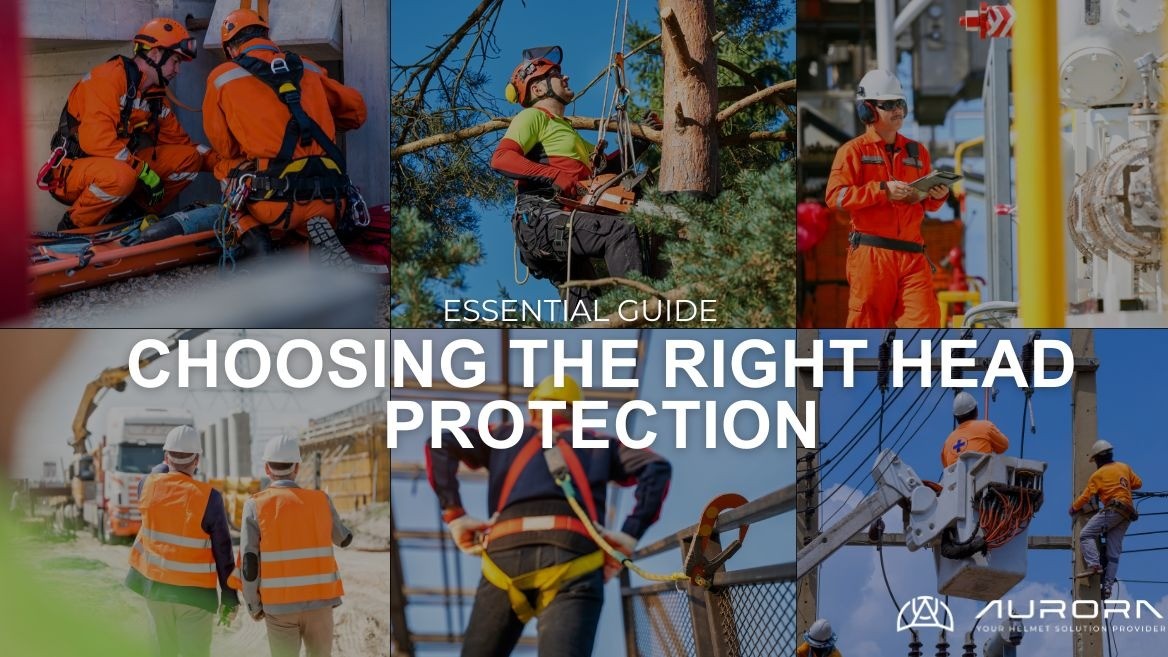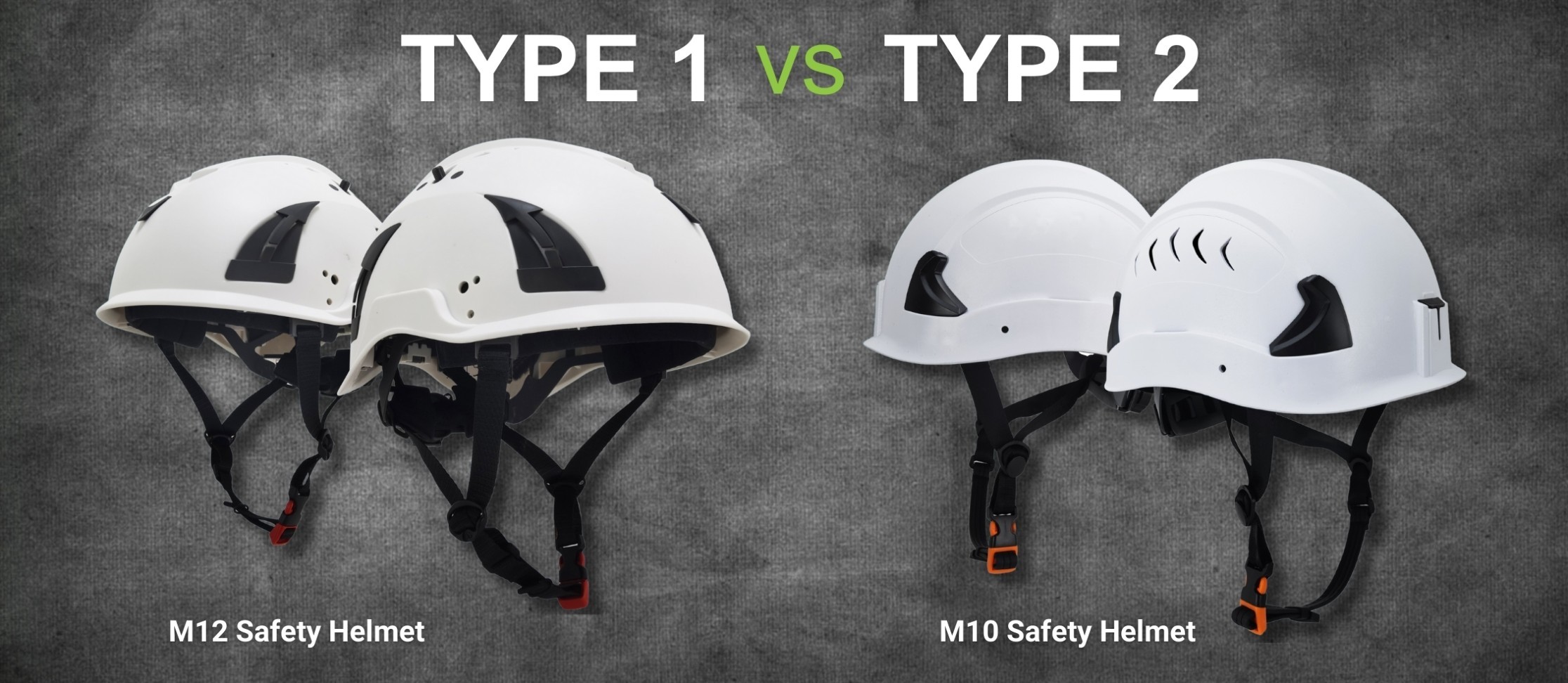In today’s industrial safety, there’s a debate surrounding whether Type 2 safety helmets are the only standard for head protection across all job sites. While Type 2 helmets, with their added top and lateral protection, have gained popularity for providing enhanced safety measures, it’s crucial to recognize that they may not one-size-fits-all solution for every scenario. Selecting the appropriate headgear is paramount for ensuring both safety and comfort in the workplace.
At Aurora, we acknowledge the significance of making informed decisions when it comes to head protection. Our mission is to guide you through the array of options available, ensuring you choose the best fit for your specific needs.
For instance, in one of the latest safety and health information bulletins, OSHA mandates that employers furnish head protection compliant with ANSI/ISEA Z89.1 standards, encompassing safety helmets and hard hats. However, the determination of the most suitable type of head protection hinges on a thorough hazard assessment conducted at the job site. This assessment is pivotal in identifying and mitigating workplace hazards, guiding the selection process accordingly.
Types and Classes of Head Protection
Choosing the right helmet involves understanding the differences between various types and classes:
- Type I vs. Type II Helmets: Type I helmets protect against impacts from above, while Type II helmets offer additional protection from lateral impacts.
- Class G, E, and C Helmets: Class G (General) helmets are tested at 2,200 volts, Class E (Electrical) helmets at 20,000 volts, and Class C (Conductive) helmets provide no electrical protection.
Here’s a closer look at what you need to consider for different types of work environments:
- Construction Sites: Construction sites are full of potential dangers like falling objects, equipment impacts, and slips. M10 Type II helmets with chin straps provide excellent protection for these working environments.
- Oil and Gas Industry: Workers in the oil and gas industry face multiple hazards, including exposure to chemicals and severe impacts. M10 Type II helmets with integrated eye and face protection, such as face shields and goggles, are ideal here.
- Arborist/Forestry: When it comes to working in this specialized field, nothing beats a helmet that combines essential features like energy absorption, lightweight construction, and unparalleled breathability. That’s where the M12 Type I helmet shines with mersh faceshield and earmuff, offering the perfect blend of comfort and protection.
- Electrical Work: For electrical work, a non-vented helmet Class E Ratings protects the user’s head from electric shock of up to 20,000 volts. Remember, vented helmets are not suitable for electrical tasks.








